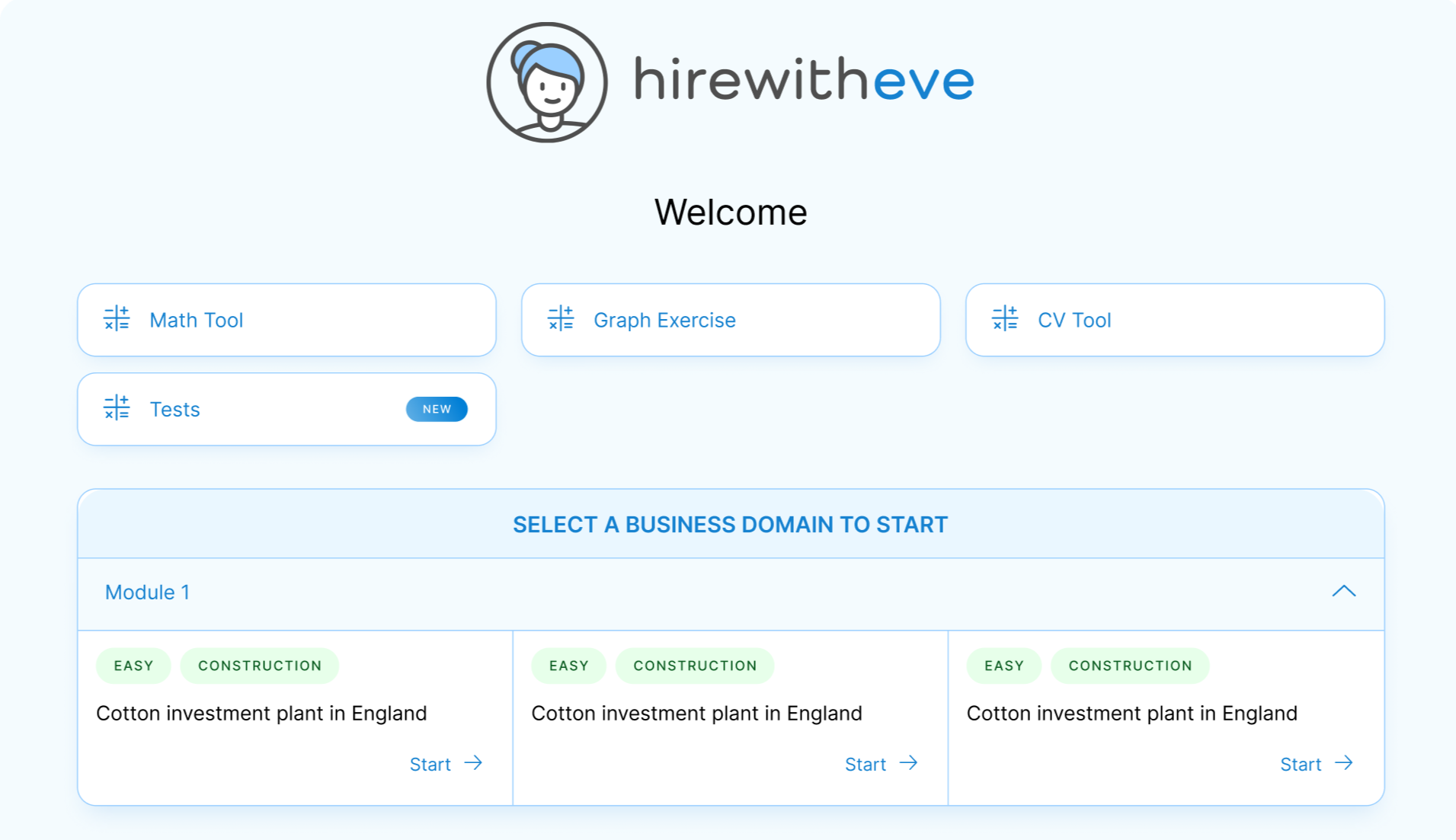What is Employee Self-Service? Benefits + Tips to Implement

Employee Self-Service (ESS) is transforming the way organizations handle HR tasks and responsibilities. As businesses continue to digitize their operations, ESS has become a crucial component for improving employee experience, enhancing HR efficiency, and ensuring a smoother flow of communication between employees and HR departments. In this blog, we’ll dive deep into What is Employee Self-Service, its benefits, and how HR managers and talent acquisition specialists can successfully implement it within their organizations.
Table of contents
1. What is Employee Self-Service?
So, What is Employee Self-Service? In simple terms, Employee Self-Service (ESS) is a digital solution that allows employees to manage various HR-related tasks on their own, without the need for HR intervention. These tasks can include updating personal information, accessing payroll and benefits, requesting leave, viewing company policies, and much more.
ESS platforms are designed to provide employees with autonomy over routine administrative tasks, empowering them to take control of their information and interaction with HR services. This self-sufficiency reduces the burden on HR teams, allowing them to focus on more strategic initiatives such as talent development, employee engagement, and recruitment.
Benefits of Employee Self-Service
Now that we've addressed What is Employee Self-Service, it’s essential to explore the benefits it offers to both employees and HR departments. ESS is a win-win for organizations looking to streamline operations and improve employee satisfaction.
1. Time-Saving for HR:
One of the biggest advantages of ESS is that it significantly reduces the time HR professionals spend on routine administrative tasks. By enabling employees to handle these activities on their own, HR managers can redirect their efforts toward higher-value activities such as strategic planning, employee engagement, and talent management.
2. Enhanced Employee Experience:
ESS platforms provide employees with easy access to essential information and services. For example, employees can view and download their pay stubs, manage their benefits, or request time off without waiting for an HR representative to assist them. This instant access to information enhances the overall employee experience and fosters a sense of independence and empowerment.
3. Increased Data Accuracy
When employees are in charge of managing their information, the chances of errors decrease. They can update their details, such as address or banking information, directly in the system, ensuring that the data HR holds is always accurate and up-to-date. This accuracy can reduce administrative headaches and ensure that payroll and other critical functions run smoothly.
4. Cost-Effectiveness
Implementing an ESS system can lead to long-term cost savings. With fewer manual processes to manage, companies can reduce the amount of paperwork, streamline administrative tasks, and lower the need for extensive HR support. This efficiency translates into financial savings over time.
5. Improved Compliance
ESS platforms often include automated compliance features. These help ensure that employee data is secure and that HR processes align with legal and industry regulations. Having employees take ownership of their information also reduces the likelihood of compliance errors that might otherwise occur through manual processes.
Tips to Implement Employee Self-Service
Now that we have explored What is Employee Self-Service and its benefits, let's look at how organizations can implement it effectively. Here are some tips for HR managers and talent acquisition specialists to ensure successful ESS adoption.
1. Choose the Right ESS Platform
The first step in implementing an ESS system is selecting the right platform. Look for a solution that integrates smoothly with your existing HR systems and provides a user-friendly interface for both employees and HR personnel. A robust ESS platform should also offer mobile accessibility, allowing employees to access the system from anywhere.
2. Communicate the Benefits to Employees
Before rolling out the ESS platform, it’s important to communicate its benefits to employees. Employees need to understand how ESS will make their lives easier by providing quick access to information and reducing their dependency on HR staff. Offer training sessions or tutorials to help employees become familiar with the platform.
3. Ensure Data Security
Given that ESS platforms handle sensitive employee information, data security should be a top priority. Make sure that the ESS solution you choose adheres to strict data privacy regulations, offers secure login methods, and includes role-based access controls to protect sensitive information.
4. Continuous Monitoring and Feedback
Once the ESS platform is in place, HR managers should continuously monitor its effectiveness and gather feedback from employees. This helps identify any issues early on and ensures that the system remains a valuable tool for the organization. Regular updates and improvements based on user feedback can help maintain employee engagement with the platform.
5. Integrate with Other HR Systems
An effective ESS platform should seamlessly integrate with other HR tools and systems. Whether it’s payroll, benefits administration, or performance management, integration ensures a smooth flow of data between systems, eliminating redundancy and errors.
Why Employee Self-Service Matters for HR and Talent Acquisition
Understanding What is Employee Self-Service and its implementation benefits the HR department, but what about its importance in the broader context of talent acquisition?
ESS is a powerful tool for attracting top talent. Today’s workforce, especially younger generations, values flexibility, transparency, and autonomy in the workplace. By implementing an ESS system, companies can demonstrate their commitment to employee empowerment and modern workplace practices, which can help attract candidates who appreciate having control over their work environment and administrative tasks.
Moreover, ESS simplifies the onboarding process for new hires. Employees can complete necessary documentation, access onboarding materials, and set up their benefits through the system, providing a seamless transition into their new roles. This reduces the administrative burden on HR teams and ensures a smooth and efficient onboarding experience for new hires.
Conclusion
In conclusion, What is Employee Self-Service? It’s a game-changing tool that empowers employees to manage their HR-related tasks while freeing HR professionals to focus on strategic initiatives. Implementing ESS can lead to significant improvements in employee satisfaction, data accuracy, and operational efficiency.
As for platforms like HirewithEve, they offer a range of features that can complement an ESS system by streamlining various HR functions. HirewithEve focuses on modernizing recruitment processes, providing tools for skills-based assessments, and enhancing remote hiring practices, all of which are crucial for organizations that value autonomy and efficiency.
While HirewithEve may not focus specifically on ESS, it shares a common goal of empowering HR teams and improving the overall employee experience. By integrating platforms like HirewithEve with an ESS solution, companies can create a comprehensive digital HR ecosystem that attracts top talent, improves operational efficiency, and drives employee satisfaction.
Target Your Talent
Unlock tailored solutions for your recruitment and hiring needs with Eve Platform's extensive case study library.
Subscribe now to enhance your HR expertise and excel in your role.
Free Resources

Transforming Hiring: 7 Key Recruiting Metrics
Enhancing recruitment processes with data-driven insights for better hiring outcomes.

Reducing Hiring Bias with Hirewitheve.
Utilizing Hirewitheve to combat bias and streamline recruitment processes effectively.

Hiring Detail-Oriented Candidates
HirewithEve enhances hiring by accurately assessing candidate's attention to detail-oriented.








